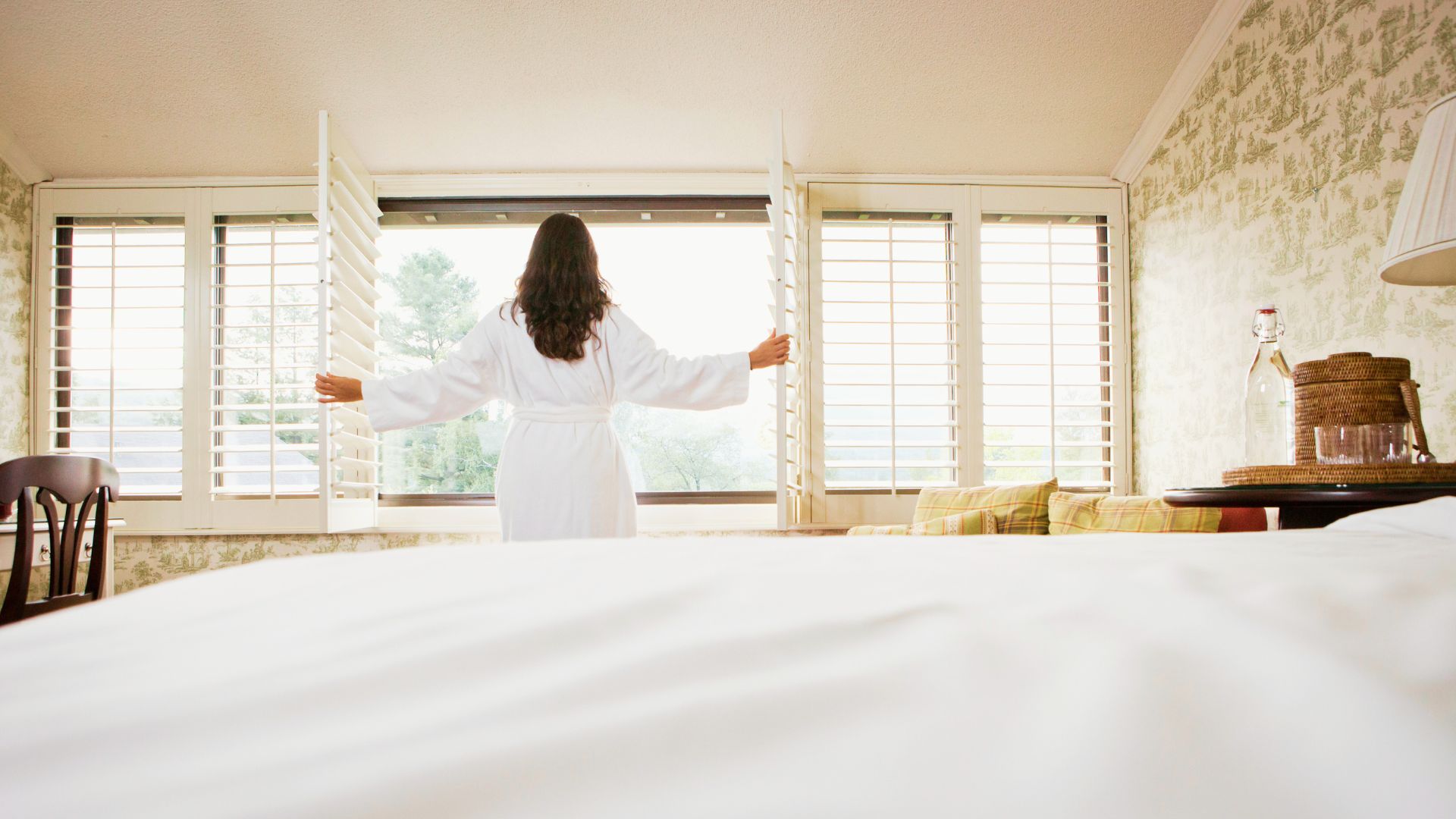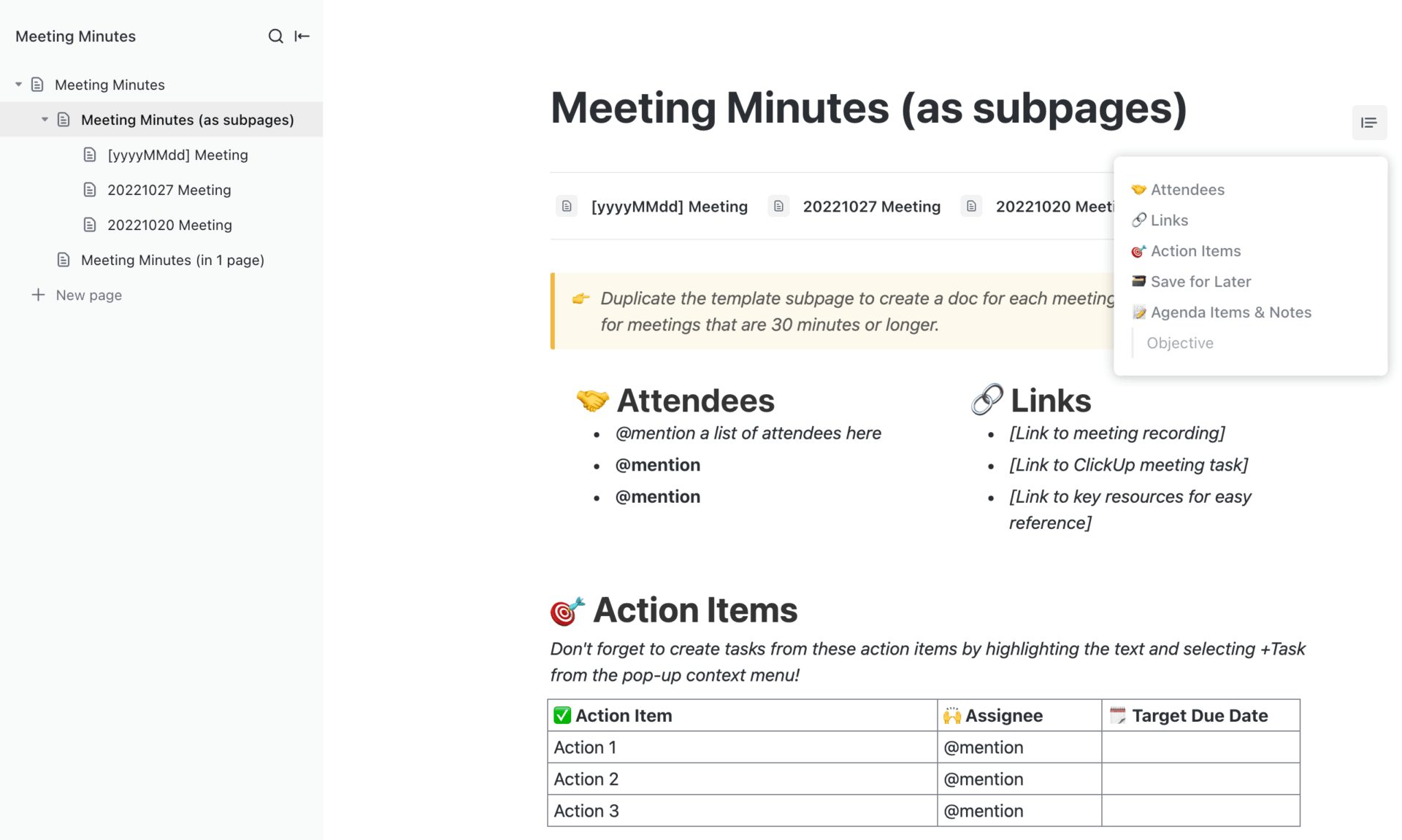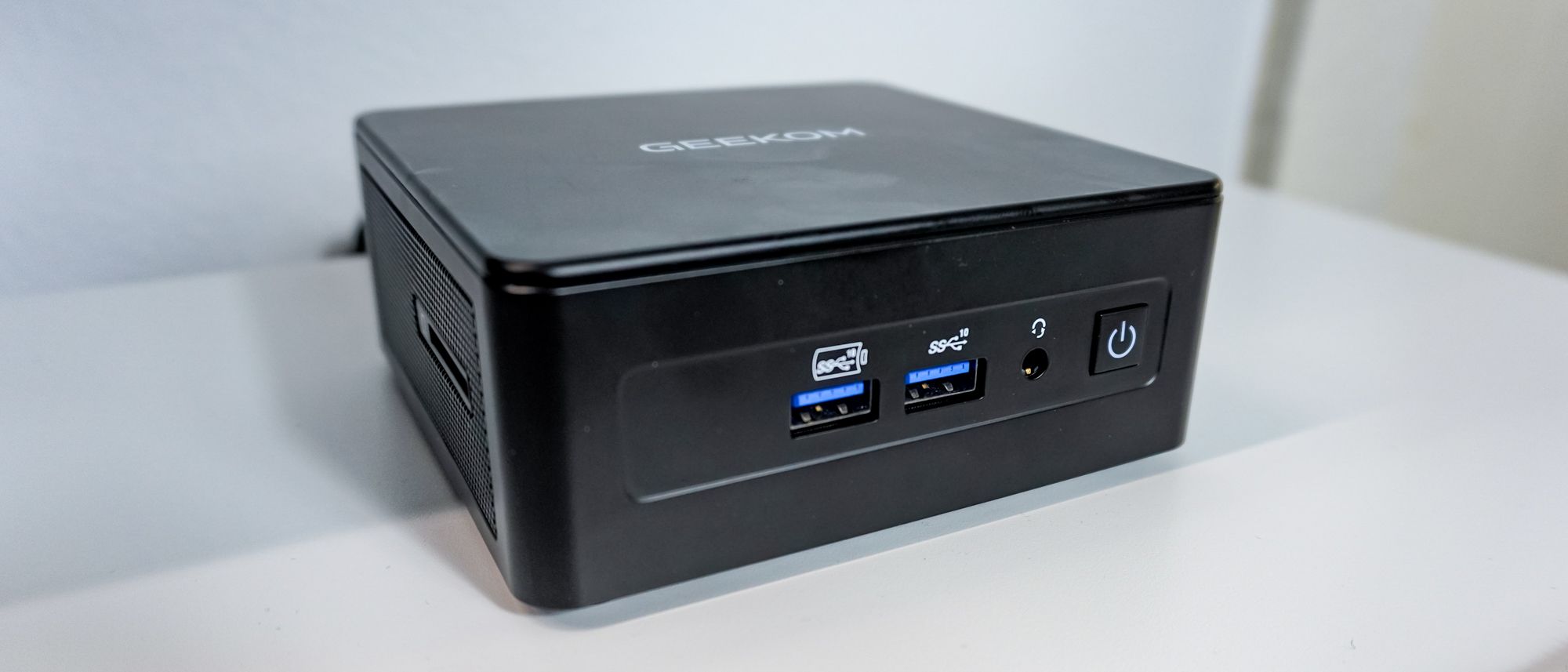Every summer, Americans flock to southern Europe to absorb its vibrant culture, and choosing a short-term rental over a hotel is often considered a better way to experience that.
But what tourists may not be drawn to are the heatwaves hitting Europe right now, which aren’t much fun when you’re sleeping in an Airbnb without air conditioning.
Yes, in many of these locations, especially in older buildings, air conditioning isn’t common, meaning you could be in for an uncomfortable night’s sleep.
“You can have the perfect location and still lose sleep if you don’t check,” Andrea Moradei, founder of the Italian wine travel agency Vinarium. “The key is knowing what to look for because some places stay naturally cool, even in a heatwave.”
Below, Moradei breaks down the five steps to find homestays and guesthouses that will naturally keep you sleeping cool with no A/C, in five easy steps. Already booked your Airbnb? Try these tips on how to sleep cool in a building without air conditioning.
How to sleep cool on your European vacation
So, you’re planning a trip to southern Europe but want something cheaper, more spacious, or more culturally immersed than a hotel. You may be looking to stay at an Airbnb, guest house or another short-term rental, but before you book anything, there are some things to look out for…
1. Choose old stone, brick, or traditional homes
Many rustic and historic buildings in southern Europe are built with materials that naturally stay cooler through the night, such as terracotta and stone.
“These materials have thermal mass, meaning they absorb heat during the day and release it slowly at night,” Moradei explains. “Many of these homes were built before WWII — well before air conditioning —and were designed to be livable during hot summers.”
So, when looking for a vacation rentals on sites like Airbnb, use certain keywords to different areas:
- Italy: Casa colonica, masseria, trullo, rustico, borgo, casale, corte, residenza antica, villa d’epoca, piano terra, cantina
- Spain: Casa rural, finca, masía, cortijo, cueva, casa antigua, casa histórica
- Greece: Stone house, archontiko, katikia, traditional Cycladic home
- Southern France: Maison en pierre, mas, bastide, maison ancienne, maison de caractère, RDC (rez-de-chaussée)
- Portugal: Monte, quinta, casa térrea, casa típica, casa antiga, casa de pedra
You can look for generic terms such as “stone house”, “historic home”, “restored farmhouse”, and “traditional villa”.
Alternatively search for terms and reviews that specifically mention temperature regulation, such as “no need for A/C”, “naturally cool”, or “comfortable inside even during heat”.
2. Book a place in hilltop towns or elevated areas
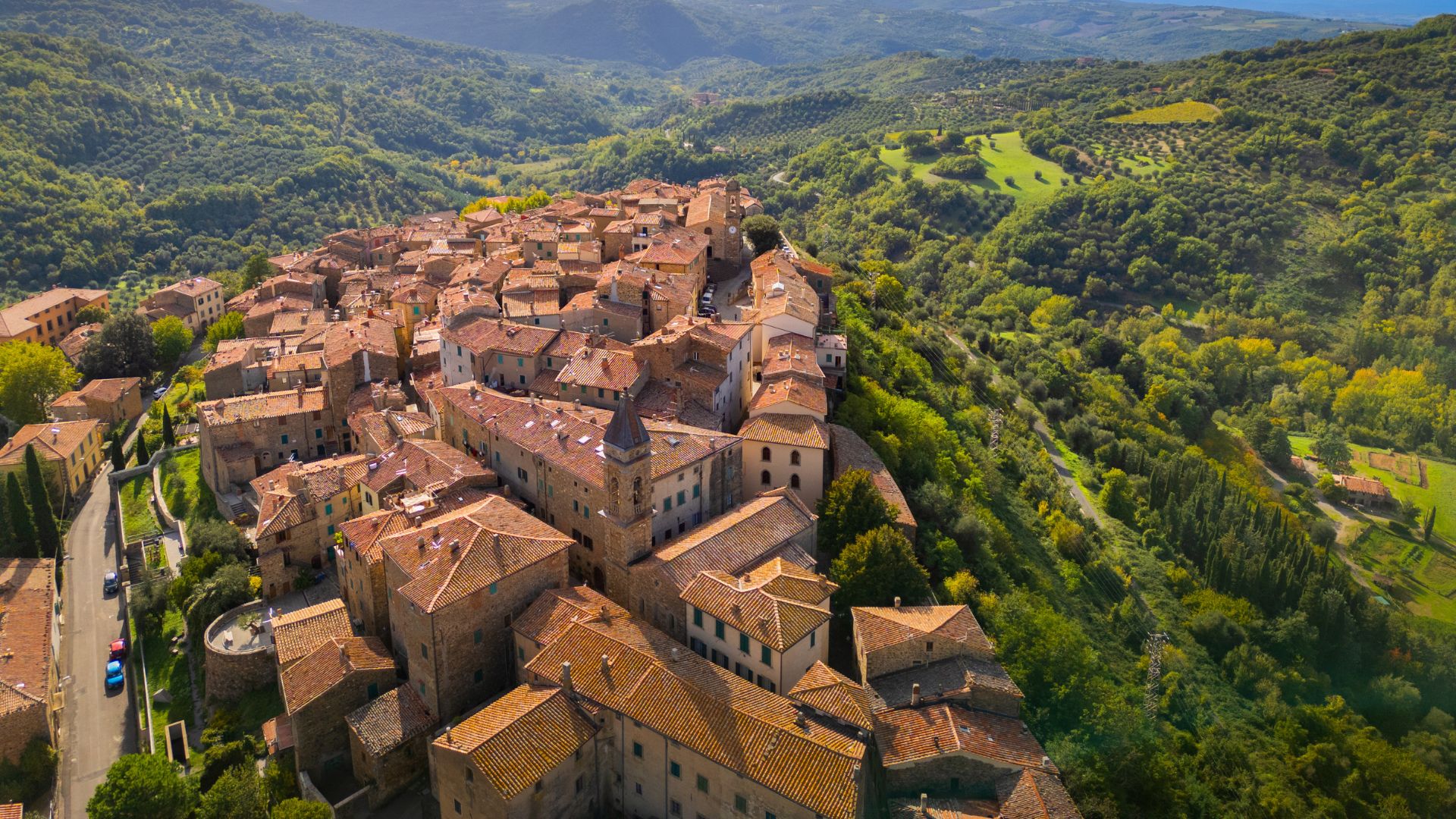
When looking for a place to stay, the higher the better if you want a good night’s sleep.
“Towns located at 300–500 meters above sea level often benefit from cooler nights, breezes, and lower humidity,” says Moradei.
“These historic locations were often chosen for strategic reasons, and now offer real climate comfort.”
To find hilltop accommodation, use keywords such as “hilltop village”, “elevated position” or “panoramic views” and look for images that feature terraces with wide views or rooftops visible below the property.
3. Use shutters and shade to keep your room cool
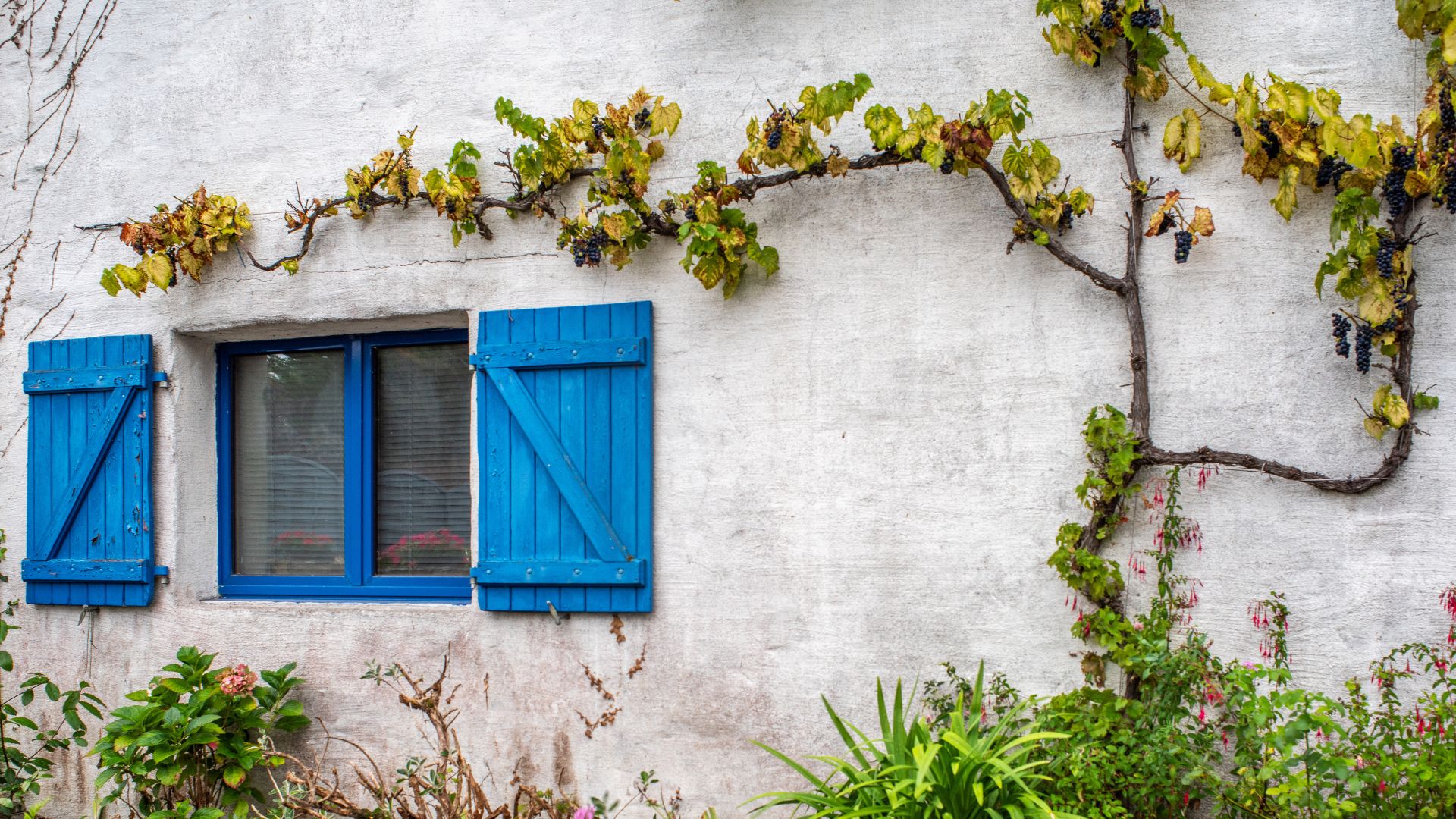
While shutters may look charmingly rustic and quaint, it’s easy to forget that they actually serve as a cooling method, so look for properties that mention shutters in their description or show exterior shutters in their photos.
Moradei also advises to check how much shade the building offers by searching for keywords such as “shaded garden” or “natural shade” and looking for shaded patios or trees and vines in pictures.
“Listings with wooden or metal shutters, trees around windows, vines, pergolas, or deep-set windows will be significantly cooler during the day,” he tells us.
So, when you go sight-seeing during the day, you can close the shutters before you leave and make use of the natural shade to keep the home cool for when you return to settle in for the night.
4. Make sure you can open the windows at nights
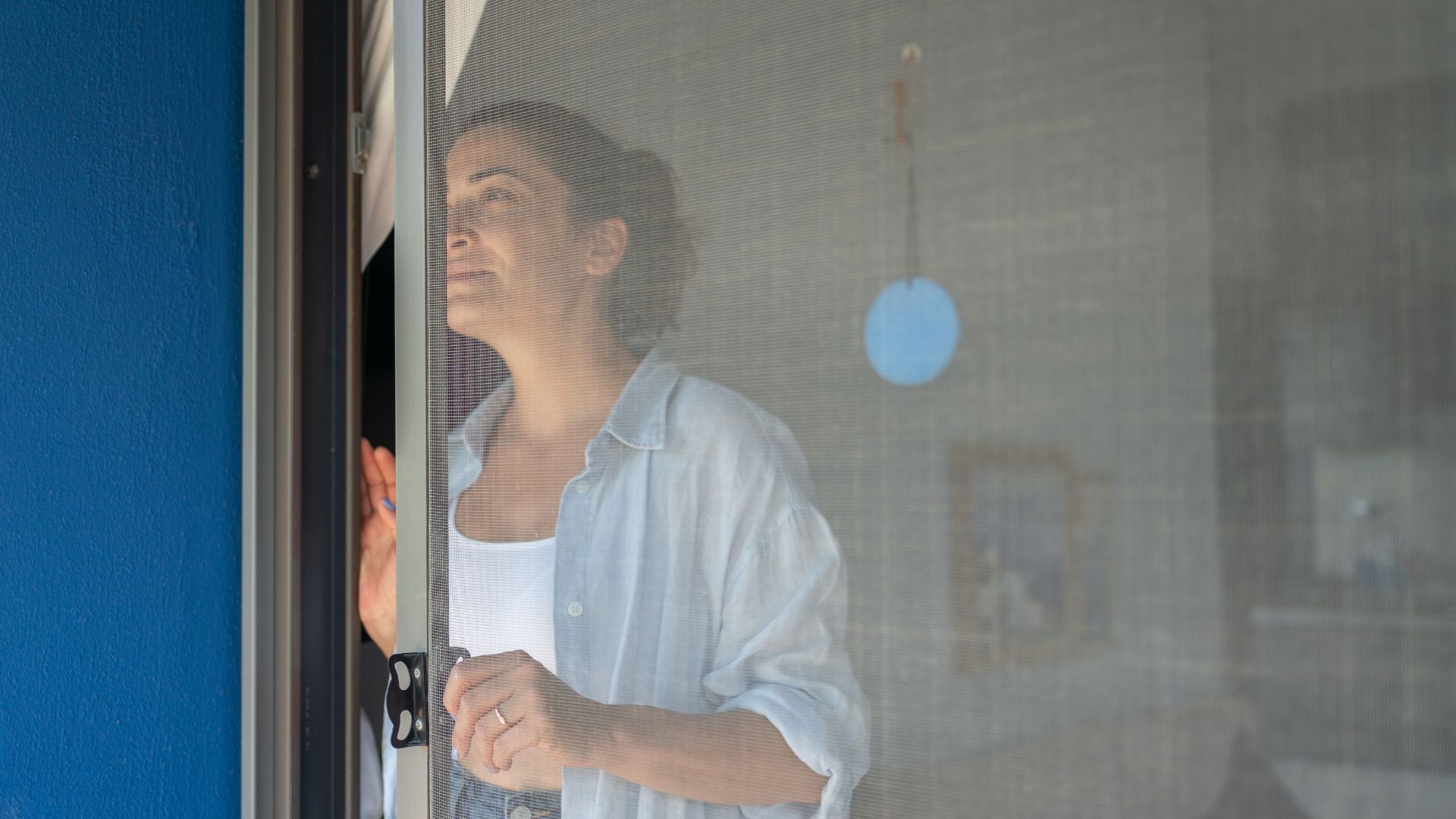
It’s no secret that the way to sleep cooler in a building with no A/C is to keep your windows shut during the day and to open them a night when the outdoor temperature drops.
However, not all hosts allow windows to be open at night, especially if their home is located in an area near water rife with mosquitos. A
sk the host if it’s safe to leave windows open at night and if there are any mosquito screens on the window. “In areas near water, mosquito screens are also essential if you plan to leave windows open at night,” Moradei warns.
Once you know you can sleep with the windows open, you can also check the cross-ventilation of the bedrooms.
Windows or doors on opposite side of the room mean a natural breeze at night, so look for photos with windows on opposites walls or open floor plans.
5. Choose ground floors, basements, or north-facing rooms
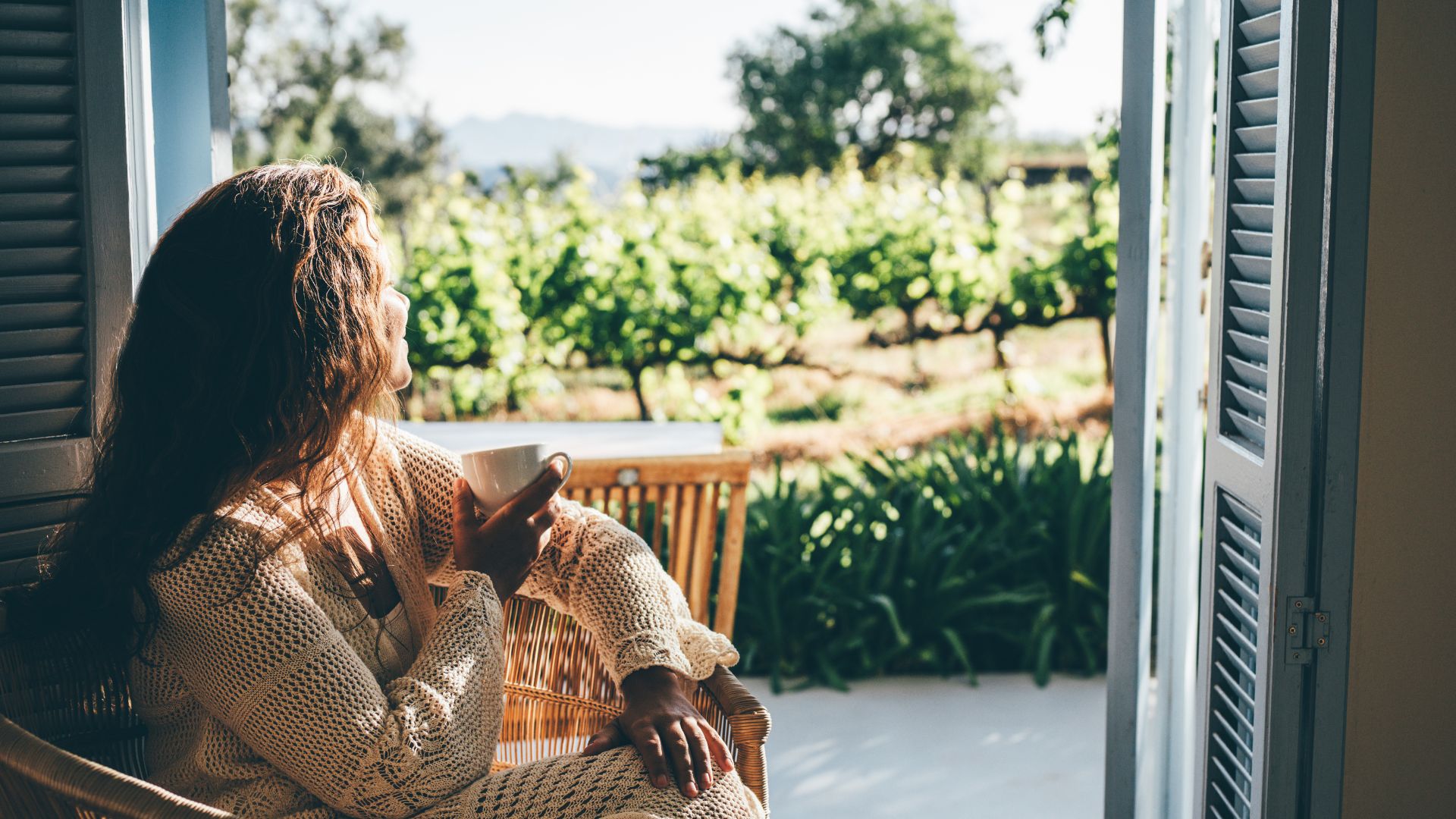
Before you book a place to stay, you may want to ask the host what bedroom the floor is on, if it’s in the shade, and what direction it faces.
“Rooms on lower floors, partially underground, or facing north tend to stay cooler naturally, especially in traditional homes, says Moradei. “These were often used as summer bedrooms before air conditioning existed.”
To find a lower-level bedroom, search for terms such as “ground floor” “cave house” or “garden flat” and check the pictures to see if the views are at garden level.

